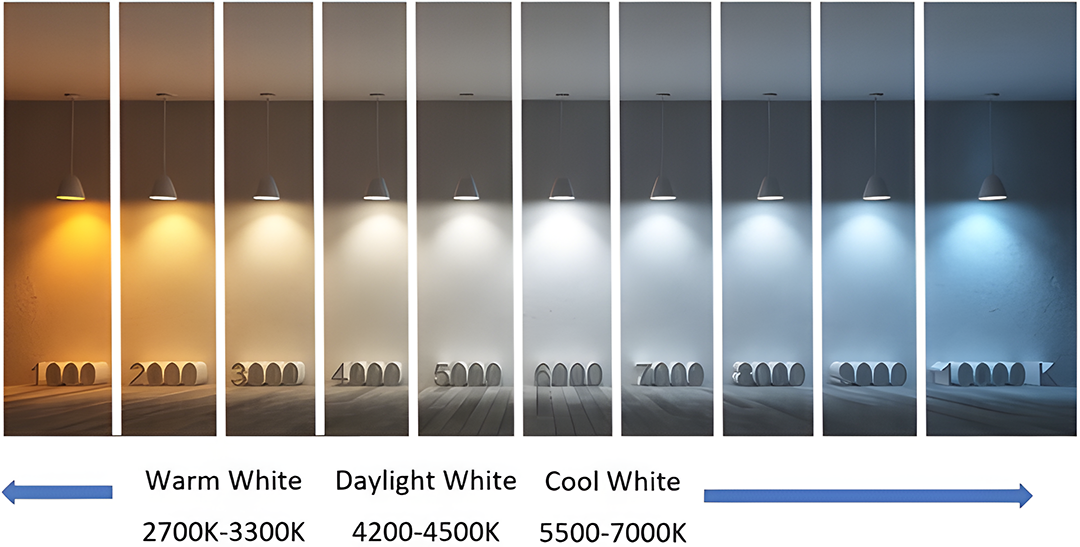What Is The Difference Between Wall Grazer and Wall Washer?
When designing lighting for a space, directing illumination onto walls is a popular tactic. It eliminates dark voids, and artfully placed wall lighting lends warmth and amplifies architecture.
Wall grazer and wall washer is the two important lighting technologies for outdoor lighting solutions. Illumination mastery hinges on understanding the difference between wall washer and wall grazer.
This distinction, pivotal in architectural lighting, hinges on beam spread, fixture placement, and luminous intensity, offering varied aesthetic impacts. Dive into this illuminating exploration to distinguish their technical applications in space design. So let's get started!
1. Wall Grazer
What is Wall Grazing Lighting?
Wall grazers utilize narrow beam angles to create a sharp, focused light on vertical surfaces. This technique, essential in architectural lighting, employs LED modules or halogen bulbs.
Wall grazer, distinct from wall washers, emphasizes texture and depth on facade light, revealing intricate brickwork, stone masonry, or sculptural elements.
Wall Grazer Features in Commercial Settings!
1.1) Texture Highlighting
In commercial spaces, wall grazers transform plain walls into visual spectacles. They accentuate textures like brickwork or wood paneling.
This kind of accent lighting, differing from wall wash lighting, offers focused illumination, enhancing depth perception on surfaces.
1.2) Accent Lighting
Wall grazers effectively highlight architectural features, differentiating from exterior wall wash lighting. They spotlight specific zones, using different lumens, to create a visual hierarchy in a space.
1.3) Facade Enhancement
For exterior applications, wall grazers surpass traditional wall washers, providing dynamic facade lighting. Their precision in beam angle and intensity accentuates building contours and textures.
1.4) Art Display
In galleries, wall grazers are pivotal. Unlike wall washer lighting, they offer controlled, directional light, ensuring artworks are vividly and accurately illuminated, revealing the artist's true intent.
2. Wall Washer
What is Wall Washer Lighting?

To know what is a wall washer light, you need to first look at its definition. Wall washer utilizes LEDs to cast a uniform light, creating an even illumination across surfaces from top to bottom.
This lighting technique, involving precise optics and LED configurations, effectively highlights textures and colors. Its design principles incorporate lumens, beam angles, and color temperature, which are crucial for achieving desired effects.
Wall Washer Features in Business Environments!
2.1) Uniform Lighting
In business environments, LED wall washers play a pivotal role. They provide consistent illumination, essential for maintaining focus and productivity.
2.2) Spatial Expansion
Wall washer lights create an illusion of larger spaces. By uniformly illuminating walls, these lights expand perceived spatial boundaries. This effect is vital in compact business settings, where maximizing the sense of space is essential.
2.3) Feature Emphasis
Exterior wall wash lighting effectively accentuates architectural features. These wall washers are designed to spotlight specific elements, enhancing curb appeal and visual impact.
2.4) Ambiance Creation
LED light wall washer units are instrumental in setting moods. They create inviting atmospheres in business settings, which are vital for client engagement and employee well-being.
2.5) Visual Comfort
Wall washers are key in reducing glare and improving visual comfort. These lights minimize shadows and glare, which is essential for comfortable and productive outdoor environments.
Read More: How Are The Wall Washer Lights Connected And Installed?
3. Difference between Wall Grazing vs. Wall Washing!
3.1) Beam Angle

Wall grazers have very narrow beam angles of around 5° and focus intensely on textures. Wall washers opt for broader angles, often >20°, for uniform illumination.
This distinction of wall grazer and wall washer are crucial in distinguishing between application scenarios that emphasize local details or provide overall uniform illumination.
3.2) Light Direction
Wall grazers cast light sharply, accentuating surface details, which is ideal for wall grazer lighting. On the other hand, Wall washers distribute light evenly, suitable for both interior wall washers and outdoor wall wash lighting, creating a soft glow on large surfaces.
3.3) Coverage Span
Wall grazer’s offer focused coverage, emphasizing architectural features. Wall washers cover wider areas that are suitable for outdoor applications and spaces desiring broad, even illumination.
3.4) Intensity Variation
The intensity in wall grazers is higher at the point of impact, creating dramatic effects that are perfect for highlighting architectural textures and artwork.
The focused beams intensely accentuate visual details, generating vivid illumination and interplays of light and shadow that add striking embellishments to walls.
Wall washers maintain consistent intensity, perfect for wall wash landscape lighting, ensuring even distribution across vast surfaces.
3.5) Shadow Play
Wall grazers cast angled light that produces bold shadows, accentuating surface textures and adding depth to architectural features.
Wall washers have a wider beam angle that washes the wall with smooth, diffused illumination. This can minimize shadows, a key attribute for led wall washer setups in evenly lit environments.
3.6) Mounting Height
Wall grazers typically have a lower mounting height. It means that wall grazers highlight specific details. Wall washers are often mounted at a higher level, facilitating broader coverage for illuminating larger sections of outdoor walls.
3.7) Illumination Focus
Wall grazers focus on highlighting specific architectural elements. Wall washer lights provide general illumination and are designed to provide a soft, even light that shines throughout the wall.
3.8) Color Temperature

Wall grazers often use warmer temperatures to accentuate textures. In comparison, wall washers employ cooler temperatures for a more uniform feel, which is crucial in settings like RGB wall washers and LED wall washer lights.
3.9) Glare Control
Wall washers are designed to minimize glare through ample diffusion across broad sections of the wall. Wall grazers contain light in tight hot spots that can glare brightly if not aimed properly.
Proper fixture selection and placement are key to controlling potential glare.
3.10) CRI Differences
Due to wall grazers' tight accent beams, high CRI becomes even more important for revealing intricate textures without color distortion.
Meanwhile, wall washers prioritize smooth uniformity across broad spans, so cooler LEDs combined with high CRI prevent uneven washes.
3.11) Application Scope
Wall grazers have a relatively narrower application scope than wall washers. Wall grazers are suitable to accent specific textural wall spaces and spotlight artistic architectural details. However, wall washers illuminate broad horizontal surfaces and thus have a wider scope.
3.12) Energy Consumption
Wall grazers tend to consume less energy. Wall grazers usually accent particle wall areas, which mean a smaller lighting load.
Use lower-wattage LEDs or floods to achieve spotlight intensity. Wall washers generally use more energy. A larger lighting load is required to achieve seamless coverage over a large area.
4. Conclusion
In summary, the difference between wall grazer and wall washer lies in their beam angles, light distribution, and aesthetic influence. Wall grazers bring textures to life with their narrower angles, while wall washers offer a softer, more uniform light.
This knowledge is essential for crafting the desired ambiance in architectural spaces. For more insights into wall grazing and wall washing lighting design and to explore a range of lighting solutions that cater to these unique needs, visit LNJAMI. Discover how the right lighting can transform your space today!








